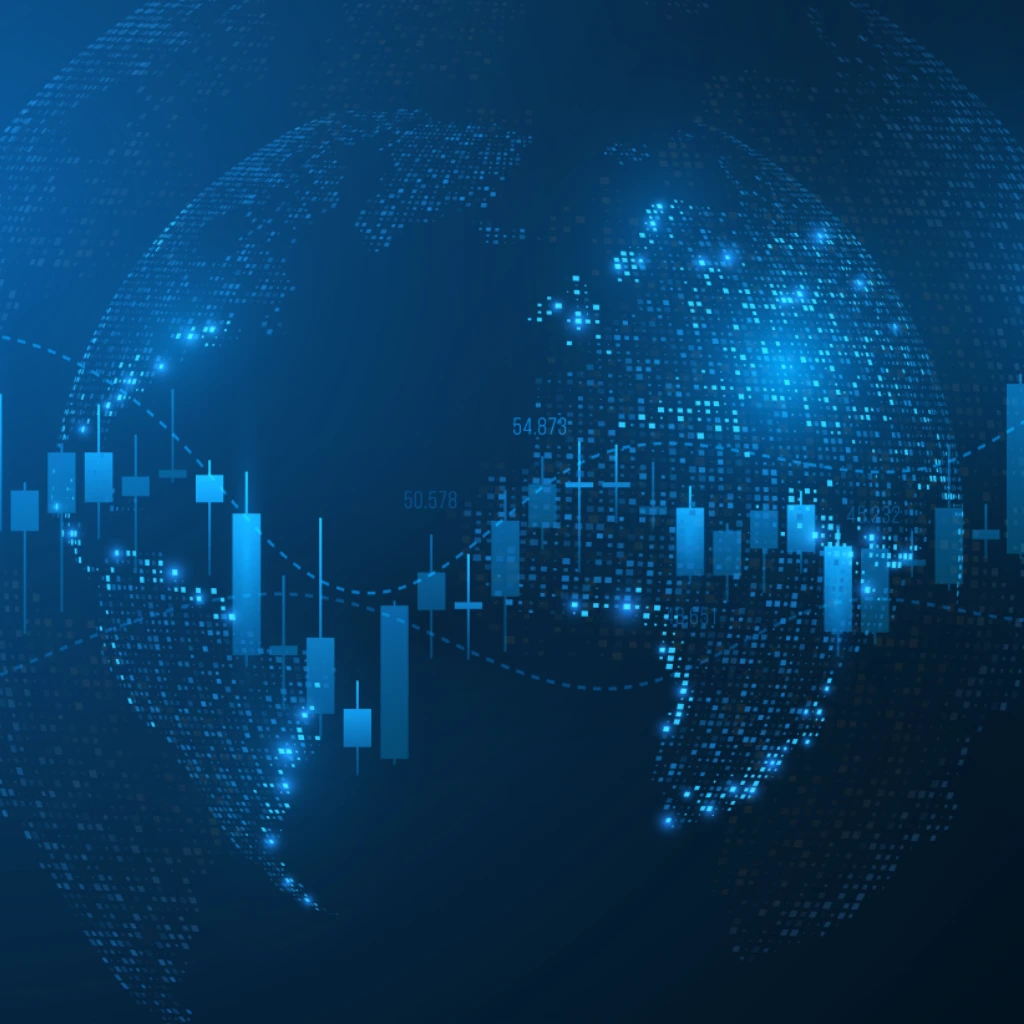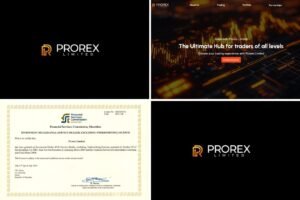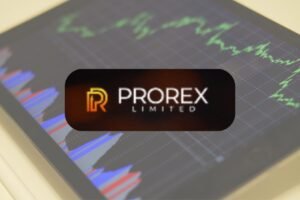Why the RWA Investment Trend is Winning Over Investors Right Now: A Beginner’s Guide
If you’re new to investing or just hearing about it for the first time, the RWA investment trend might sound a bit confusing. So let’s break it down in simple terms. RWA stands for Real-World Assets. Basically, it means taking things you know—like real estate, gold, or even artwork—and turning them into digital tokens you can buy and sell online, usually using blockchain technology.
Sounds fancy, but why are so many investors suddenly excited about this? Well, that’s what we’re here to explain.

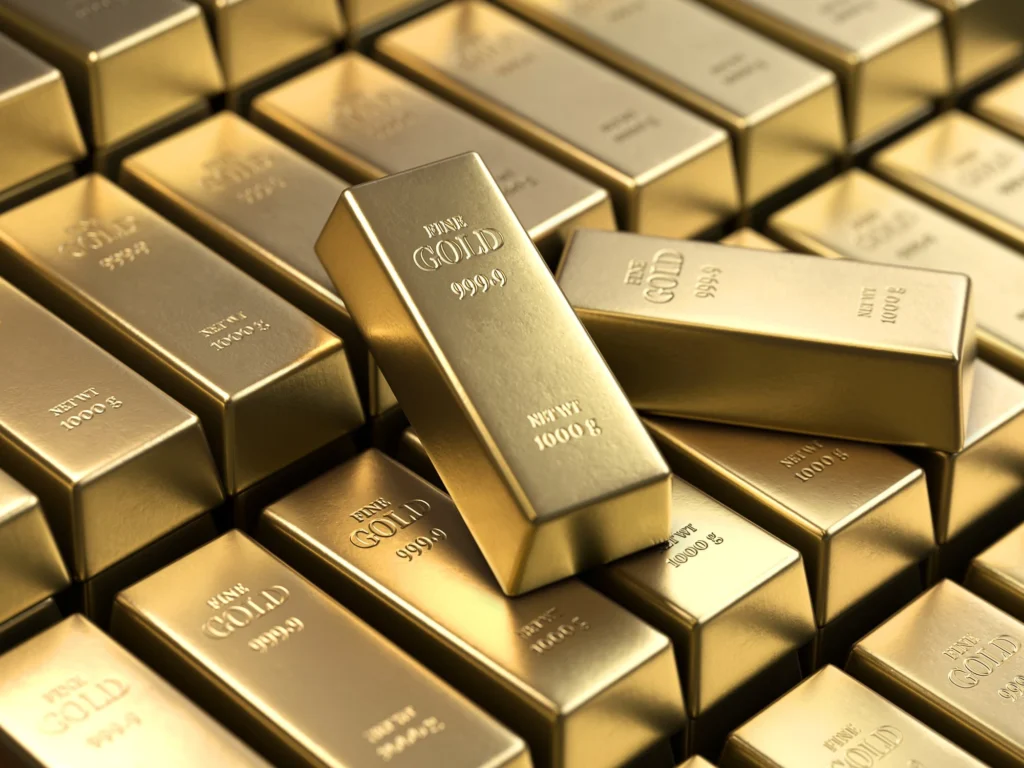
What Is the RWA Investment Trend?
Consider RWAs as conventional or tangible assets that have been “tokenized,” or transformed into digital units known as tokens on a blockchain. A portion of the real asset is represented by these tokens. Therefore, you can own a small portion of a building or work of art rather than needing hundreds or millions of dollars to own the complete thing.
Because it’s giving a lot more people—not just the really wealthy—access to investing options, this trend is expanding quickly.
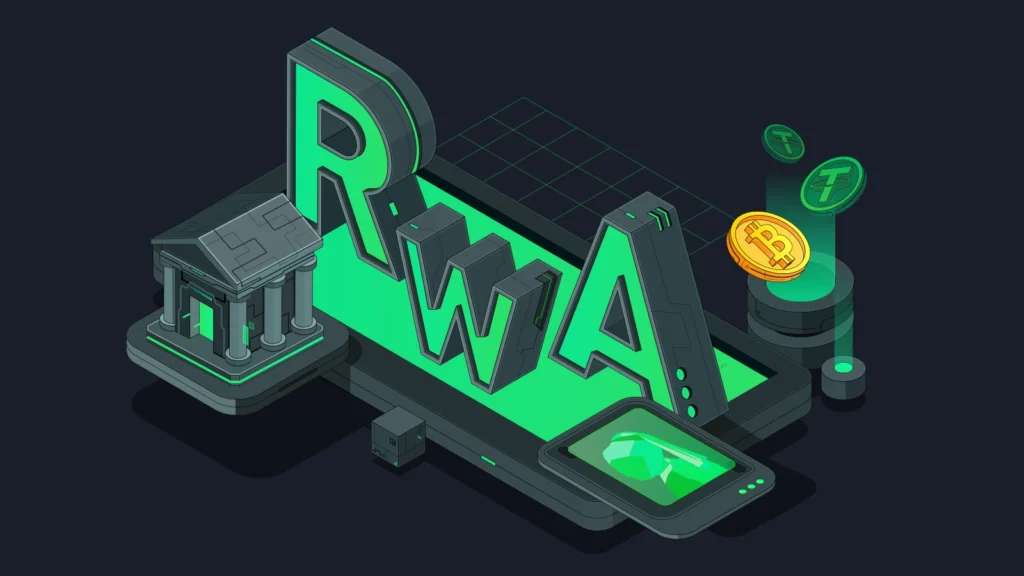
Why Are Investors Liking the RWA Investment Trend?
First and foremost, diversification is key. Simply defined, it means “don’t put all your eggs in one basket.” Cryptocurrencies and conventional equities can both be highly volatile. You may make your portfolio a little more stable by including real-world assets.
Second, tokenization simplifies and lowers the cost of investing. Purchasing real estate or other assets may typically be costly and time-consuming. You can purchase modest amounts through tokenization at any time and from any location, and because blockchain technology speeds up transactions, fees are frequently reduced.
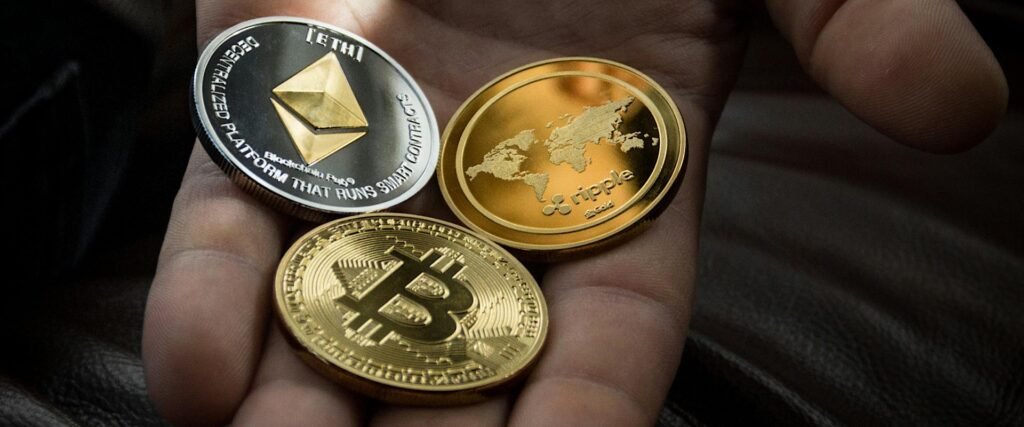
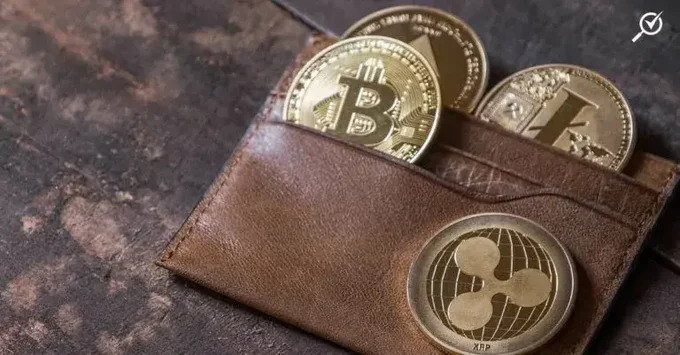
How Does It Actually Work?
The short version is that a business or financial organization possesses a tangible asset, such as a bond or a building. On the blockchain, they subsequently produce digital tokens that signify possession of that asset. Purchasing these tokens is essentially purchasing a portion of the asset itself.
Transactions are transparent and safe since everything takes place on the blockchain, which is a type of digital record. You may view the token’s origin, current owner, and trade history.
What Are the Benefits and Risks?
Benefits:
- You get to own a fraction of big assets without a huge upfront cost.
- Trading tokens can be faster and more accessible than traditional markets.
- Transparency is better, so it’s easier to track your investment.
Risks:
- Rules and laws about tokenized assets are still developing, so regulations could change.
- Not all tokenized assets are equally easy to sell; some might be less liquid than cryptocurrencies.
- The value of the underlying asset still matters, so token prices can go up or down.
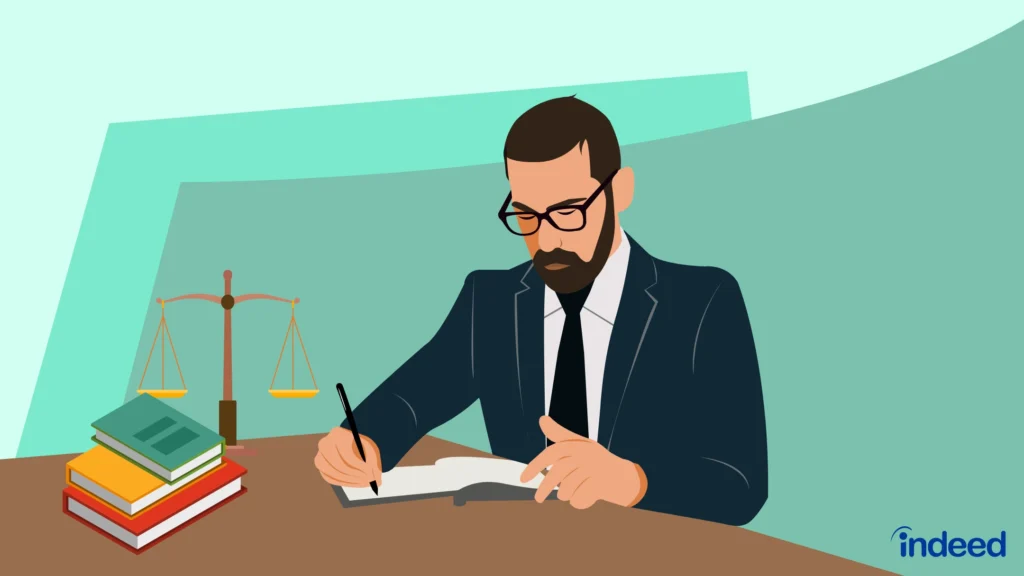
Who’s Using RWA Investments Now?
Big financial players like banks and asset managers are starting to explore this space to offer new kinds of investment options. On the other side, more platforms for everyday investors are popping up, making it easier to join in.
But keep in mind, this is still an emerging trend. Some people think it’s the future, others say it’s a bit too early to tell. Either way, it’s worth paying attention to.
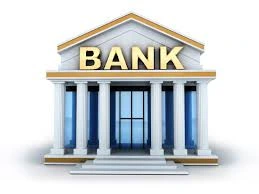

What’s Next for the RWA Investment Trend?
Looking ahead, one of the biggest promises is making investing more accessible worldwide. Imagine people in countries where it’s hard to buy foreign stocks or real estate owning small pieces of those assets through tokens.
Still, there are hurdles. Regulators need to catch up, and investors need to learn how to navigate this new landscape safely.
Final Thoughts: Should You Care About the RWA Investment Trend?
In short, the RWA investment trend is more than just a buzzword. It’s changing how people can invest by connecting traditional assets with digital technology. Maybe it’s not perfect yet, but the combination of easier access, better transparency, and new opportunities makes it exciting for investors.
If you’re curious about the future of investing, keeping an eye on RWAs could be a smart move. Who knows? This might be the next big thing — or just the start of something even bigger. Either way, it’s definitely worth knowing about.
Relevant Link : Here

